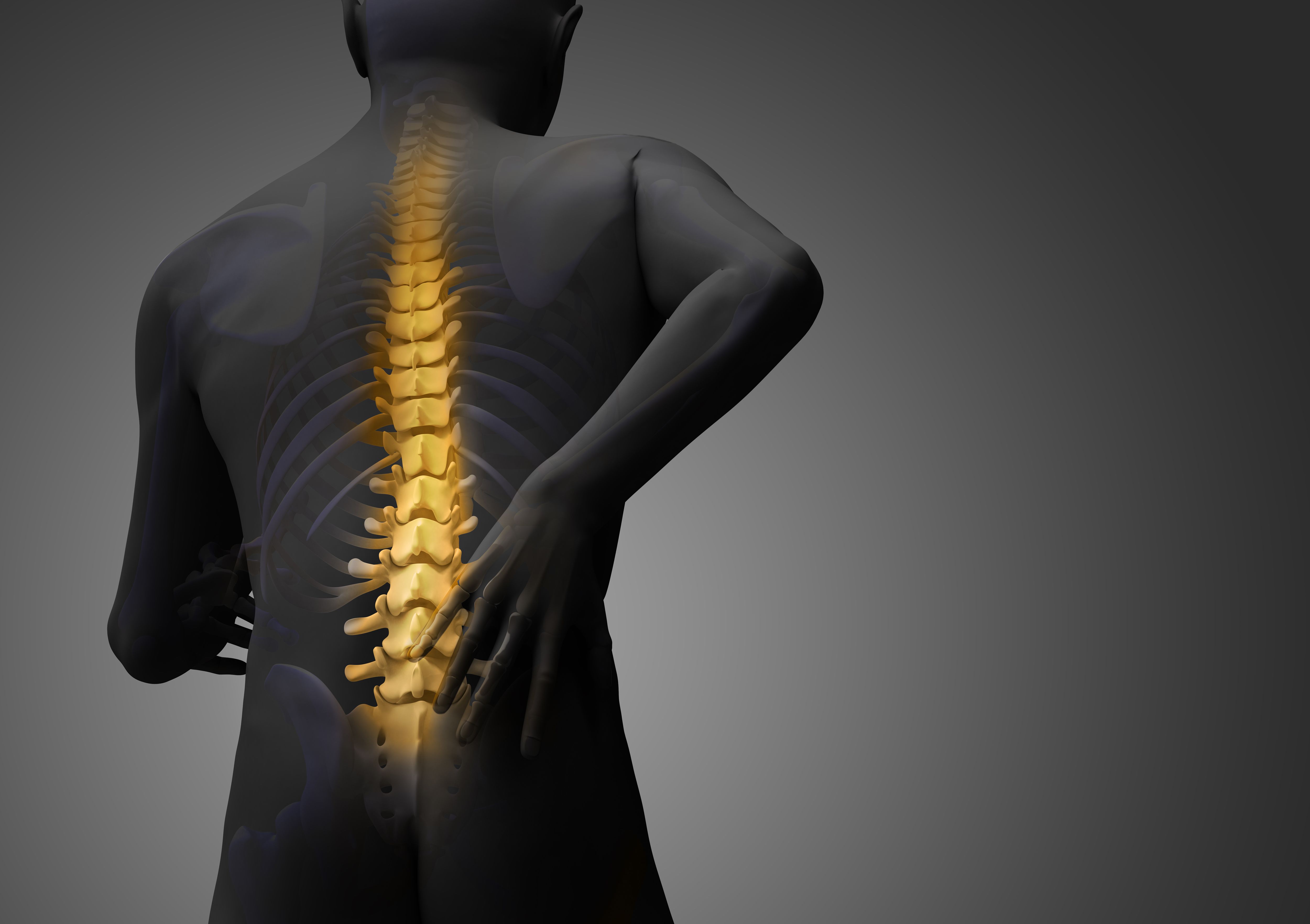Overview
A coccyx fracture, commonly known as a coccyx fracture, occurs when the coccyx the small bone at the base of the spine is damaged, usually as a result of trauma or trauma. This condition is relatively common and can be caused by a fall, prolonged sitting on hard surfaces, or childbirth. Although it may not be life-threatening, a tailbone fracture can be quite painful and uncomfortable. At Mspin, Dr. Irfan Malik strives to tackle this dangerous condition with expert care.







